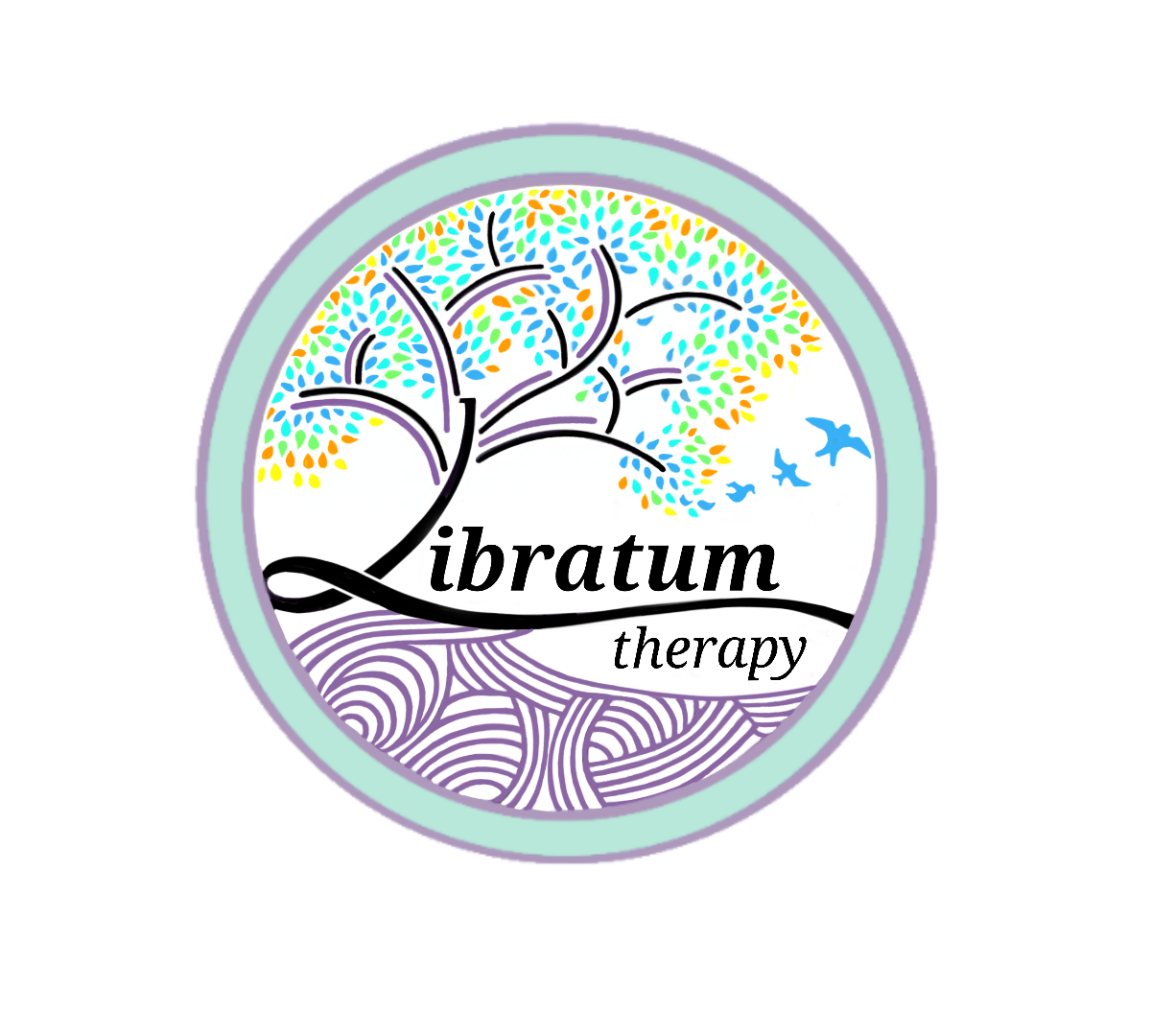What if something goes wrong? How to deal with our ‘what ifs’.
As featured on MaltaCEOS.mt
Worries about what may go wrong at work and in life preoccupy many people and create ongoing stress in our minds and bodies. We can learn to restore a balanced perspective by being as attentive to what may go right as we are attentive about what may go wrong.
What if something bad happens?
What if something goes wrong?
What if it is not good enough?
What if people think I’m stupid?
What if they don’t like me?
What if my reputation is ruined?
What if I make a fool of myself?
‘What ifs’ are common worries that many people carry with them at work and in life. I do too. My mind has become expert at looking out for what may go wrong. My training started at a young age when I worked hard to avoid imperfections in my ballet lessons and to behave in socially acceptable ways at school. Evolution has primed us all to be on the lookout for problems so that we pre-empt and do something about them. This was essential in hunter-gatherer times because if we were not sensitive to dangers, then our survival would be at risk.
Fast forward to today. Our minds are still doing an amazing job at asking endless ‘what if’ questions and anticipating what could go wrong. On the one hand we can thank our mind for looking out for us in this way. On the other hand, we need to cautiously interpret its messages; our mind has a threat-focused cognitive bias that can imagine infinite worst case scenarios that don’t always occur.
With this bias we become so consumed by asking ’what if something goes wrong?’ that we lose sight of asking:
what if something goes right?
We underestimate what is good and overlook what is OK. We fixate on the minor mistakes in a presentation or on that one negative comment we received in our feedback. We barely acknowledge things going right before worrying about the next problem.
Many people are fearful of focusing on what goes right because they do not want to put their hopes up in case something goes wrong in the future. Focusing on what may go wrong can therefore have a protective function that prevents us from becoming complacent or being caught off guard. Sadly, this can cause unnecessary suffering as our minds are constantly hypervigilant and our bodies are in a state of threat ready to fight, flee or freeze. We miss out on noticing and accepting what is going well which can improve our well-being at work.
What we pay attention to becomes the focus of our attention.
The more we fill our attention with what may go wrong, the more we focus on these stories to the exclusion of different information. Ruminating on our ‘what ifs’ can strengthen them as they become associated with elaborate memories, images, feelings, body sensations, and changes in our behaviour. They catch our attention more easily and we believe them even if they are not true.
The good news is that as human beings we have an incredible ability to become wise about how our mind works and to be more mindful about what thought patterns we are reinforcing. We can learn to purposely be more flexible with what we pay attention to so that we restore a balanced perspective about our experiences at work and in life. How do we do this?
Become mindful of your ‘what ifs’
Look inwards to gain insight into your patterns of thinking. Ask yourself where does your mind rest? What does it dwell on? Understand the themes around your ‘what ifs’ so that when they show up again, you can catch them and name them.
Acknowledge your ‘what ifs’
When your ‘what ifs’ do show up, we can tell ourselves with light heartedness that ‘my mind is doing it again; it’s going down that ‘what if’ rabbit hole’. Acknowledging is a powerful tool that allows us to accept what is happening even if we do not like it. This can help us to observe our mind from a distance without getting hooked by what it is saying it or ignoring it either.
Understand your triggers and needs
We can take a moment to understand what has caused our ‘what ifs’ to show up in this moment. Maybe they were triggered out of habit, by a situation, by something someone said or by a thought or emotion inside of us. Understanding the context around how they were triggered can allow us to understand what we need and to respond to them accordingly.
When ‘what ifs’ don’t come true, let that sink into your mind and body
When our dreaded fears about ‘what if something goes wrong’ do not come true, take a moment to really register that in your mind and body. When something goes well, when we make a mistake but it’s not the end of the world, when our fears don’t materialise, take a breath, and let it sink in, even just for a few seconds. Soak up the good moment while it lasts, enjoying the pleasure from it with the wisdom that good moments are meant to last forever and will pass too. Take your time to notice where you feel the pleasurable emotions in your body. This supports our body to transition from a state of threat to a state of ease and to receive the message that everything is OK.
Train yourself to notice what is right
To develop a more balanced perspective we can get better at noticing what is going right for us. We can do this by acknowledging these moments to ourselves, celebrating them, sharing them with someone, writing them down in a journal or collecting them, just like collecting cookies in a cookie jar. This is not about toxic positivity or ignoring mistakes but about holding our joys as much as we hold our fears. This can help us feel safe and resourced and more resilient when we do eventually have to face things when they do go wrong.
Work with your fears
When we acknowledge the good, we may judge this as self-indulgent and shameful and it is possible that this retriggers our fears and stress in our body. In these moments it can help to fall back on our mindfulness skills to notice these fears and judgements, take a breath, and soothe our body into remembering that it is safe for us to be opening up to the good.
What we water grows
Remember what we fill our attention with becomes the focus of our attention. We can become as good at noticing what is going right as we are at noticing what is going wrong. When we create room in our mind for both perspectives, we develop a more flexible mindset at work and in life that is attentive to what may go wrong and that also rejoices in what goes right.

